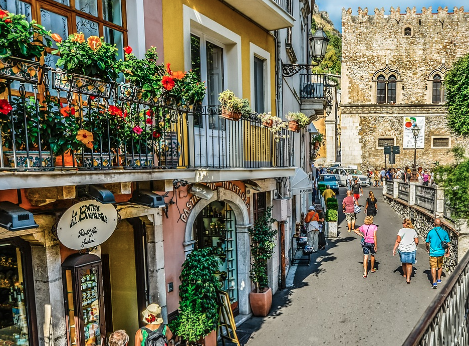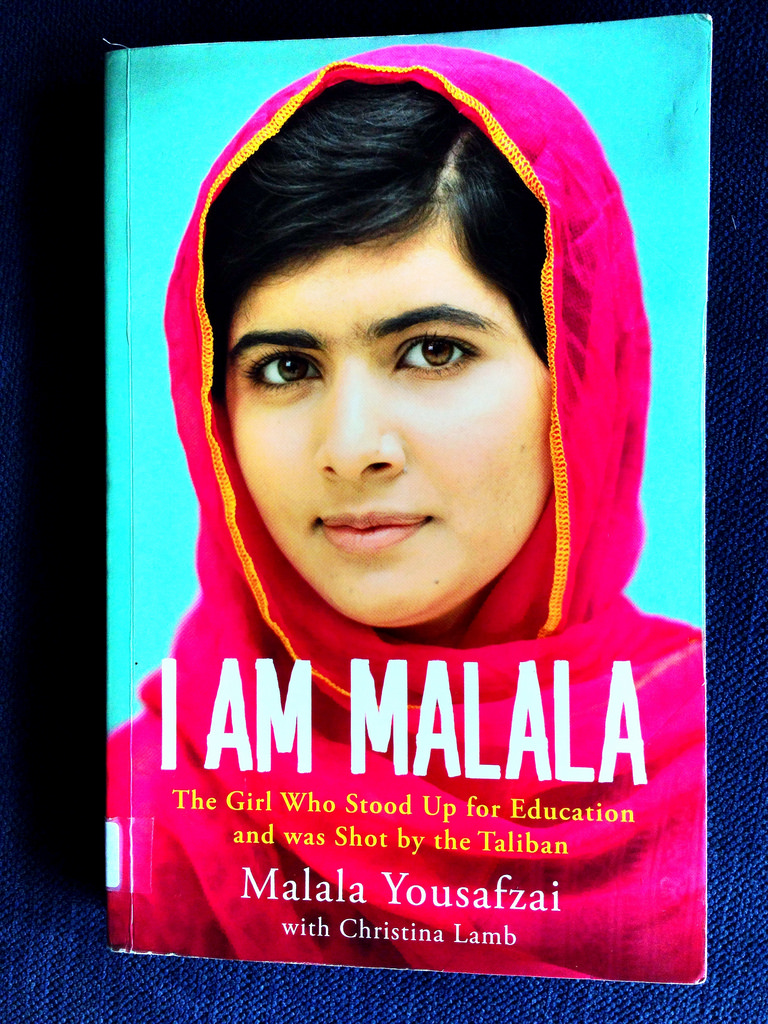Diversity is an unavoidable phenomenon in the classroom. All students have had different experiences throughout their lives – different family relationships, different traumas and different personal backgrounds. As an educator, and a global citizen, it is important that I expose myself to other cultures through their readings, movies or music. This practice helps individuals get a better grasp for the different beliefs that are out there, instead of isolating ourselves to our own. I began this implementation by familiarizing myself with the culture surrounding Italy in the short film Tre Giorni.
The short movie may be found here: Tre Giorni (Three Days)
The story begins with a mid-aged man sitting in a tiny concrete room filled with only a mattress. He is disoriented and unaware how this situation formed. Two men walk in the room, appearing as police, in which they demand information before his execution in three days. It immediately switches the scene to two friends in a coffee shop, displaying one asking the other to fulfill his patients wishes of meeting him before his passing. Nicola Rombi, who we discover is a famous author, agrees to perform such a task. Upon meeting, the dying man begs of Nicola to seek out his daughter, whom he has lost contact with many years ago, so he may say his final goodbye. It was agreed upon. When he locates Clara, it is apparent that she would like nothing to do with her father. After much discussion between the two, Clara is shown walking home where a gunpoint robbery goes bad and she is killed on site.
Nicola informs this new-found friend on the news of his daughter. The audience then learns that everything has been an allusion. Clara had died multiple years ago, however, she has yet to find peace. The father believed Nicola had the ability to see the dead which was the direct motivation of them meeting. After this truth is revealed, he immediately passes away. The short film fast forwards back to the opening prison scene in which Nicola is then found dead on the floor, a gunshot wound through the heart with a picture of Clara in his hands. And – Scene!

As you can imagine from the summary, it was a confusing timeline to follow. The audience, or at least myself, do not fully understand the concept of the story. Why did Nicola get killed in prison? How did the father know Nicola can speak to the dead? How come everybody died within three days? Although I did not understand the plot of the story, here is what I did learn:
- The characters seemed to use their hands often while speaking. Even though there was English subtitles on this Italian film, it made it much easier to understand the characters mood or feelings of a situation based on their physical context clues. You could also tell their emotions based on their tone, for example, whether they were raising the voice or speaking softly.
- The setting appeared to be an old fashioned Italian town. Cobblestone buildings draped with vines and cobblestone streets filled with old fashion cars were the majority of the landscaping visible to the audience. I am unsure if this was an affect of the culture or the time period in which the film was intended.
- In one particular scene, a woman is cutting fresh vegetables from a garden. Since Italy is known for the cuisine, I assumed that cooking was important to their citizens and meals are made fresh. This would make sense of why the landscape appeared as a vineyard atmosphere.
- The weather was difficult to distinguish as the film was in black and white, however, it never rained or snowed. The audience may assume that it was constantly sunny.
- Something I found to be strange was we never see any of the characters taking part in a pleasurable activity. They always look to be stressed as all scenes take place in either a household, walking the streets or in the prison. We do not get an understanding of any activities the characters prefer to do on their own.
- The characters appeared to value their careers. Nicola was deeply invested in his writing, as he expressed in conversations with others. His friend was the doctor of the dying father which is how he knew of him. The father also was always shown as having a bedside nurse with him.
- The most important thing we do observe is that the characters value family. The father wanting to maintain contact with his daughter, as well as Nicola agreeing to help a stranger do so, shows their empathy for relationships.

Having lived in Italy myself I found the film to be an interesting depiction for the Italian culture. I did not give it proper justice as you do not get to view the beautiful of the landscape and you do not fully understand the individuals. From my own experience, it appears different than our own culture due to the inter-personality. Most Italian cities and towns are full of individuals walking to their destination due to different architectural layouts which allows more of a community feeling than the typical one of the United States. I also feel they value food much more, especially with usage of fresh ingredients, rather than the plethora of possibilities we have in our hometowns. Better said, they do not appear to “over do” things but instead prefer to keep them simple.
It is important for us to reflect on these differences, especially those of different tones and physical cues, in order to assess our own classrooms. Having awareness of different cultures and the emotional aspects often behind them, we have transcend these vital lessons into our diverse classrooms. By embracing every students culture, background and beliefs we are helping build a global community. It is important to reinforce that their are so many other thoughts throughout the world, other than their own, and all of them are equal and valid.
 e with other classmates. Websites such as Google Classroom, Google Docs and Skype can be used to increase their confidence in communicating with others.
e with other classmates. Websites such as Google Classroom, Google Docs and Skype can be used to increase their confidence in communicating with others.





